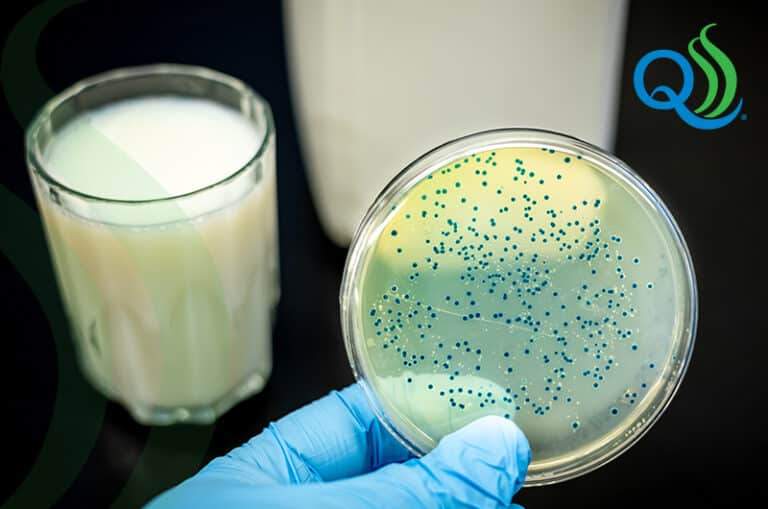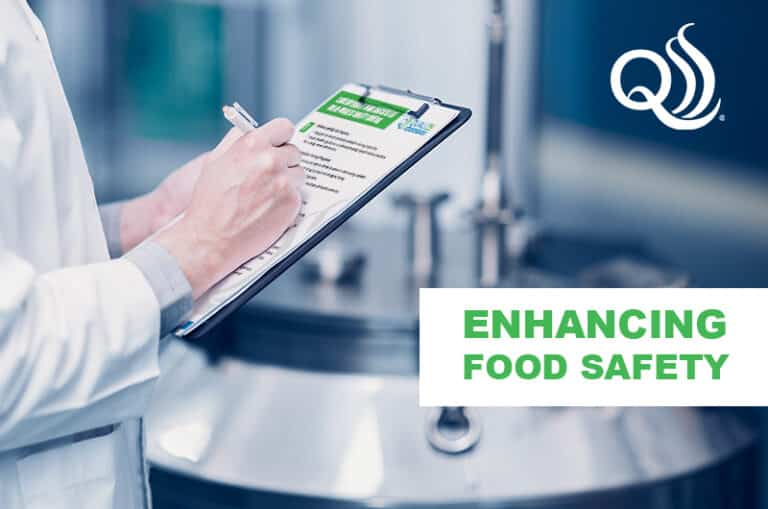Controlling Yeast in Cheese Production: Strategies for Quality Assurance
Yeast contamination is of minimal concern in fluid milk production, but its impact can be significant in cheese and fermented dairy products where unwanted yeast may alter flavor, texture, and overall product quality. Understanding the growth parameters and spoilage mechanisms of yeast in cheese production is key to developing effective control strategies. Process monitoring strategies…













